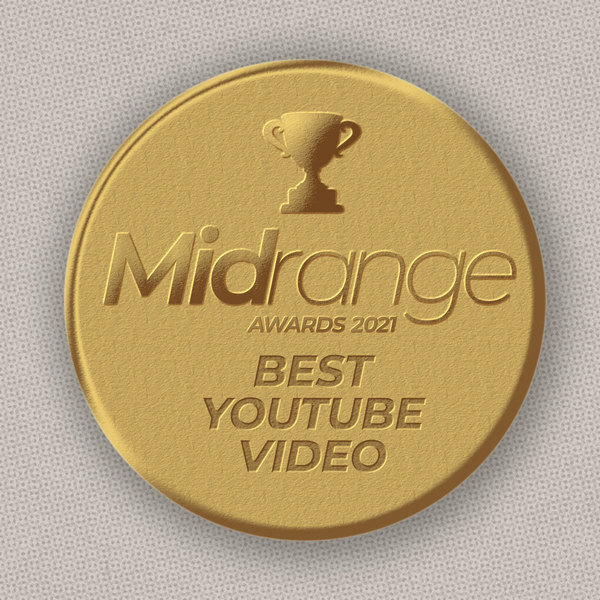
Colin Wirth, the Minnesota-based creator behind the YouTube channel This Does Not Compute, does something very fascinating that I always find to be an effective hook for keeping you watching until the end of the video: Often, he has a sort of sing-songy tone to the way he describes the gadgets, vintage video games, random audio products, and other offbeat interests he highlights.
If you watch enough of the videos, you wait for that line where he sums up the piece with a satisfying rise and fall that would work extremely well in a podcast.
But Wirth (while he does have a podcast on his Patreon page) is best known for his YouTube videos, and earlier this year, he created perhaps the best video he’s ever made, an in-depth clip that’s nearly 40 minutes long and discusses in depth the many ways that the Sony MiniDisc format was actually much more successful than it might have seemed from a distance. The video breaks down the story of the magneto-optical media’s creation, why the format didn’t break quite as large as the compact disc, the areas where it found a lot of success despite all that (particularly among concert bootleggers, journalists, and radio stations), and the ways that creative people have helped to keep the format alive into the 2020s.
“It didn’t become the format Sony wanted, but as a way to ease us into our new world of online music, MiniDisc was a success,” Wirth concluded in that sing-songy voice I just went on and on about.
The video was so amazing that when someone asked me if I was going to write a piece about the MiniDisc, I pointed them to Colin’s video. He covered it from so many angles and with so much thoughtfulness that I felt that I had nothing to add.
Why is this video, one of the most popular clips on his channel, so effective? I think the real secret is the way that Wirth framed the format. Rather than taking the position that MiniDisc was a failure, he gave his documentary the title “Sony MiniDisc: The (Not) Forgotten Audio Format That (Never) Failed.”
That little bit of framing makes you think differently about a device better known for failing to live up to the high standards of what came before it, rather than a format with a still-thriving niche that had a number of technical advantages compared to the formats that preceded it (in many ways, it merged the best features of the CD and compact cassette tape) and followed it (the iPod borrowed more than a few cues from the MiniDisc, but the MiniDisc worked without a computer and could record from the radio).
In many ways, as a research-focused writer, I look for opportunities to take things that everyone knows about and force people to think about them differently. And I have to imagine that Colin’s video perhaps did more to make people rethink an old piece of electronics than any other YouTube video this year.
For that reason, This Does Not Compute’s thoughtful analysis of the MiniDisc is MidRange’s YouTube Video of the Year. (Imagine me finishing this issue by speaking this line in a sing-songy voice: I should probably start designing trophies for this.)
Runners-Up:
Action Retro’s Cursed Mac Series: Sean Malseed’s As-the-Mac-Boots misadventures with a Macintosh SE/30 that probably has no original parts at this point was immensely satisfying, especially when Malseed nearly broke it.
Jeff Geerling’s Many Attempts to Recompile Linux for Science: Geerling, a Raspberry Pi-focused YouTuber and blogger, has done more strange experiments with the Pi than any one person should. But those experiments always make you realize that limitations are meant to be broken.
Time limit given ⏲: 30 minutes
Time left on clock ⏲: 4 minutes, 10 seconds

